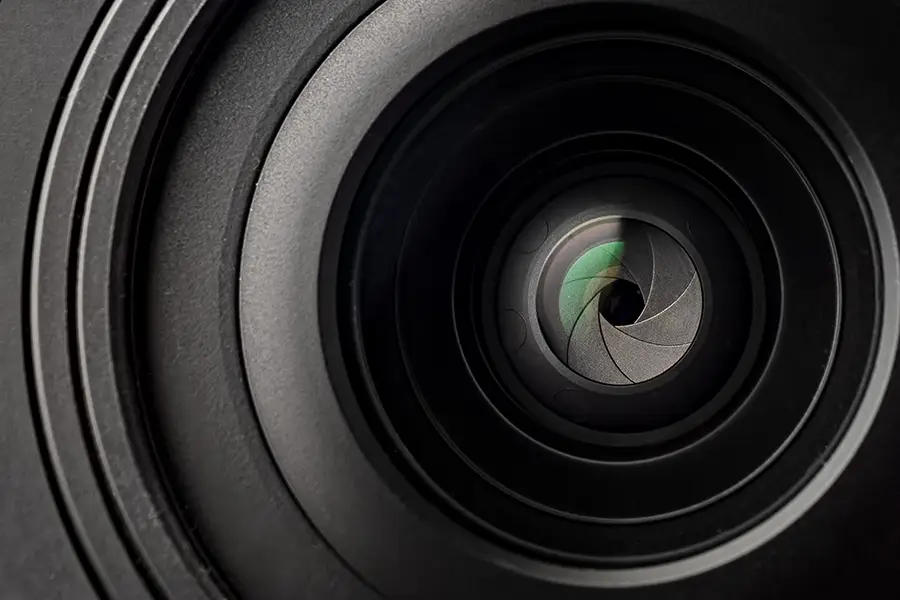F-stop, also known as aperture value or simply aperture, plays a crucial role in photography. Understanding how it works is essential for amateur and professional photographers looking to improve their skills. This article will explore the concept of F-stop, its impact on various aspects of photography, and practical tips for utilizing it effectively. By mastering this vital component, you will be one step closer to enhancing your photography skills and capturing stunning images.
What are F-Stop and Aperture?
F-stop, also known as aperture setting or F-number is a critical aspect of photography that allows you to control the exposure and depth of field in your images. It refers to the lens’s focal length ratio to the diameter of the aperture, which determines the amount of light that enters the camera through the lens.
The camera aperture, like the iris of a human eye, regulates the amount of light that passes through the lens and reaches the sensor. By changing its size, the aperture can be adjusted to manage the amount of light entering the camera.
The aperture size is measured using F-stop units, where each F-stop signifies a precise ratio between the focal length of the lens and the size of the aperture opening. The F-stop scale is expressed as a series of numbers, such as f/1.4, f/2, f/2.8, f/4, f/5.6, etc. Lower F-stop numbers correspond to larger apertures, allowing more light to enter the camera. Conversely, higher F-stop numbers represent smaller apertures, limiting the light that reaches the camera sensor.
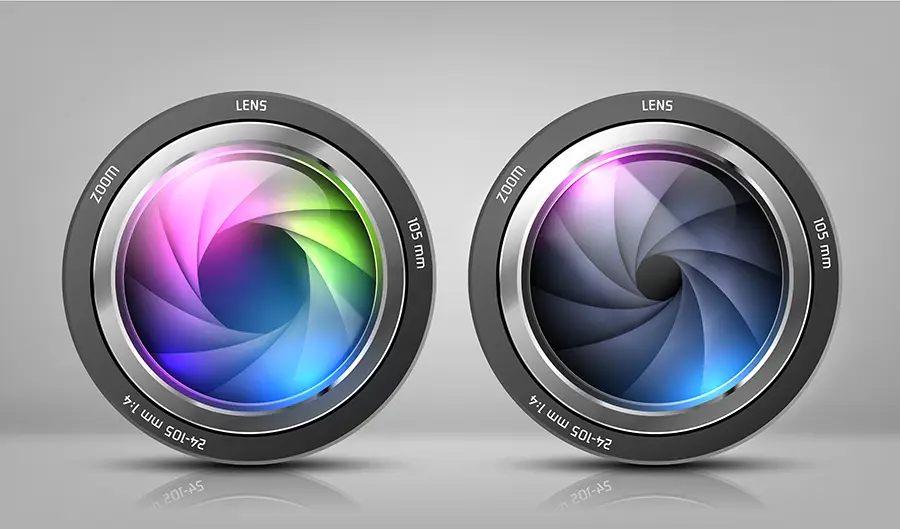
Why is Aperture Important?
The aperture is a crucial component in photography because it directly influences your images’ exposure, depth of field, and creative possibilities. By controlling the amount of light that enters the camera, the aperture plays a vital role in determining the brightness or darkness of a photo. Additionally, it affects the sharpness and focus of a picture, allowing photographers to create visually appealing images with varying levels of depth and blur. Mastering aperture settings enables photographers to capture their desired artistic vision and produce high-quality, visually engaging photographs.
How F-Stop Impacts Your Photography
F-stop is a critical component of photography, as it affects exposure, depth of field, and creative possibilities. Here’s a closer look at how it influences each of these aspects:
Exposure Control
Exposure is the measure of light that hits the camera sensor and defines the image’s brightness or darkness. Aperture, alongside shutter speed and ISO, is among the three fundamental components of exposure. By adjusting the F-stop, you can control the amount of light that enters the camera, thus directly impacting the overall exposure of your image.
Understanding how to manipulate F-number values will enable you to achieve the desired exposure for your photographs. A lower F-stop number (e.g., f/1.4) creates a larger aperture, allowing more light into the camera and resulting in a brighter image. Conversely, a higher F-stop number (e.g., f/16) creates a smaller aperture, limiting the light and producing a darker image.
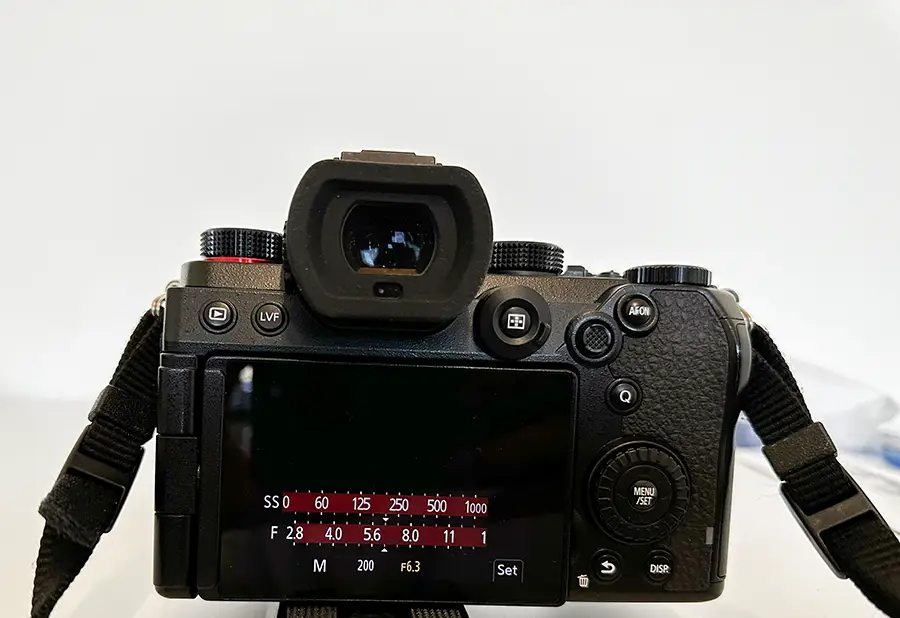
Depth of Field
Depth of field (DoF) is the extent of the image that appears sharp and in focus. F-stop plays a significant role in determining the depth of field in your images. A lower F-number (e.g., f/1.8) will produce a shallow depth of field, where only a small portion of the image is in focus, and the background appears blurred. This effect is ideal for portrait photography, as it isolates the subject from the background, drawing attention to their features.
On the other hand, a higher F-number (e.g., f/11) results in a greater depth of field, where more of the image appears in focus. This is ideal for landscape photography, where you want to capture the entire scene in sharp detail. By adjusting the F-stop, you can control the depth of field in your images, enabling you to achieve the desired level of focus and blur.
Creative Effects
F-stop not only affects the technical aspects of photography but also provides opportunities for creative expression. By experimenting with different F-stop values, you can manipulate the exposure and depth of field to create unique, visually appealing images. For instance, you can use a lower F-number to create a dreamy, ethereal background in a portrait or choose a higher F-number to capture intricate details in a macro shot.
What is the Meaning of the Letter “f”?
In the context of F-stop, the “f” stands for focal length. The F-stop value is a ratio derived from dividing the lens’s focal length by the diameter of the aperture. This ratio helps photographers understand the size of the aperture relative to the lens’s focal length. For example, an F-stop value of f/2 means that the aperture diameter is half the lens’s focal length. Lower F-stop values correspond to larger apertures, while higher F-stop values indicate smaller apertures.
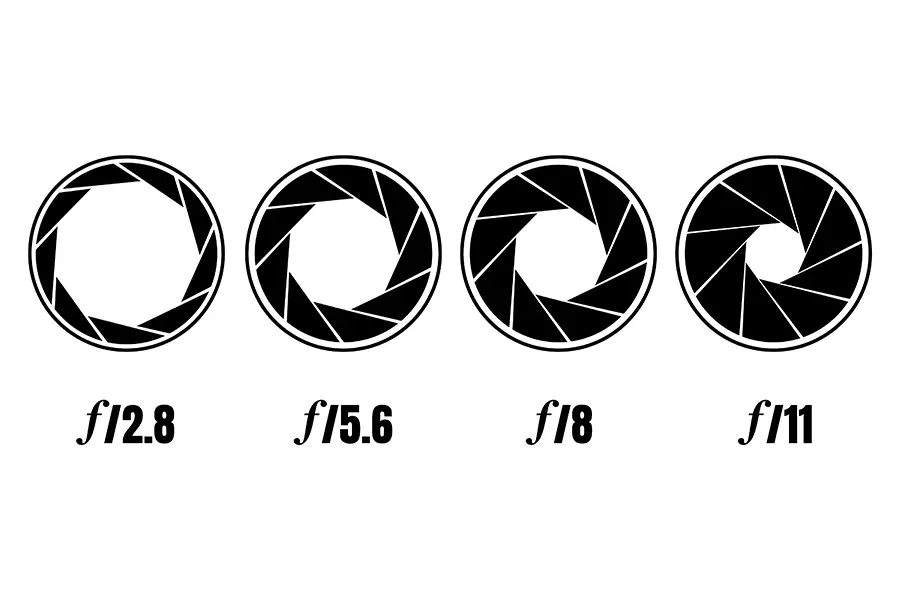
F-Stop Values in Photography
Below is a table of common F-stop values, ranging from f/1.4 to f/32. Each value represents a different aperture size, with lower F-stop values corresponding to larger apertures and higher F-number corresponding to smaller apertures.
| F-Stop Value | Aperture Size | Light Entering the Lens | Depth of Field |
|---|---|---|---|
| f/1.4 | Largest | Maximum amount | Shallowest |
| f/2 | Larger | Significantly more | Shallow |
| f/2.8 | Large | More | Moderately shallow |
| f/4 | Moderately large | Moderate | Moderate |
| f/5.6 | Medium | Moderate | Moderately deep |
| f/8 | Moderately small | Less | Deep |
| f/11 | Small | Significantly less | Deeper |
| f/16 | Smaller | Minimal amount | Even deeper |
| f/22 | Very small | Very minimal amount | Very deep |
| f/32 | Smallest | Minimum amount | Deepest |
Simultaneously, as you increase the F-stop value, the depth of the field increases. This means that the range of sharpness and focus within the image expands. Lower F-number creates a shallow depth of field with a blurred background, while higher F-number values result in a greater depth of field with more of the image in focus.
Understanding the relationship between F-stop values, aperture size, light entering the lens, and depth of field is crucial for photographers to achieve their desired artistic vision and create visually appealing images.
Discover More
Best F-Stop and Aperture Settings for Photography Genres
Different types of photography often require specific F-stop and aperture settings to achieve the desired results. Here are some examples of the best F-stop and aperture settings for various photography genres:
Portrait Photography
- Best F-number: f/1.4 to f/4
- Aperture: Large to moderately large
- Reason: A shallow depth of field helps isolate the subject, blurs the background, and draws attention to the subject’s features.
Landscape Photography
- Best F-number: f/8 to f/16
- Aperture: Moderately small to small
- Reason: A greater depth of field ensures that both foreground and background elements are in focus, capturing the entire scene in sharp detail.
Street Photography
- Best F-number: f/5.6 to f/11
- Aperture: Medium to small
- Reason: A moderately deep depth of field allows for capturing more details in focus while maintaining a sense of depth and separation between subjects.
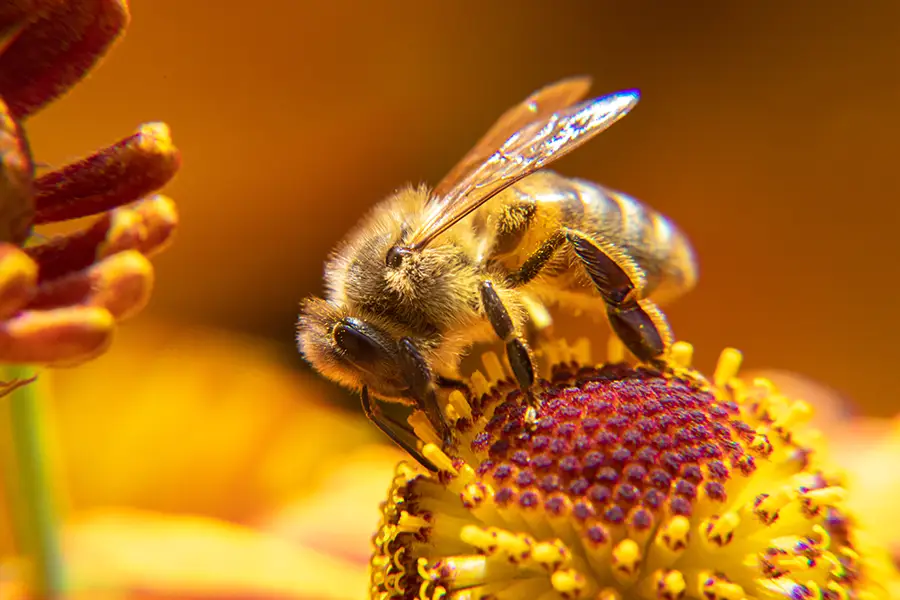
Macro Photography
- Best F-number: f/8 to f/16
- Aperture: Moderately small to small
- Reason: A deeper depth of field is necessary to capture sharp details in close-up shots of small subjects, as the depth of field becomes shallow at close focusing distances.
Sports and Action Photography
- Best F-number: f/2.8 to f/5.6
- Aperture: Large to medium
- Reason: A larger aperture allows for faster shutter speeds to freeze motion and capture fast-moving subjects while maintaining a moderate depth of field.
Astrophotography (e.g., photographing stars or the Milky Way)
- Best F-number: f/1.4 to f/2.8
- Aperture: Largest to large
- Reason: A wide aperture is necessary to capture as much light as possible in low-light conditions, helping reveal faint celestial objects.
Architectural Photography
- Best F-number: f/8 to f/11
- Aperture: Moderately small to small
- Reason: A deeper depth of field ensures that architectural details and structures are sharp and in focus throughout the image.
It is important to note that the recommended F-stop values and aperture settings are general guidelines and may vary based on factors such as lighting conditions, subject distance, and lens characteristics. Therefore, it is crucial to experiment with and adjust these settings to achieve the desired outcome in your photographic situations.
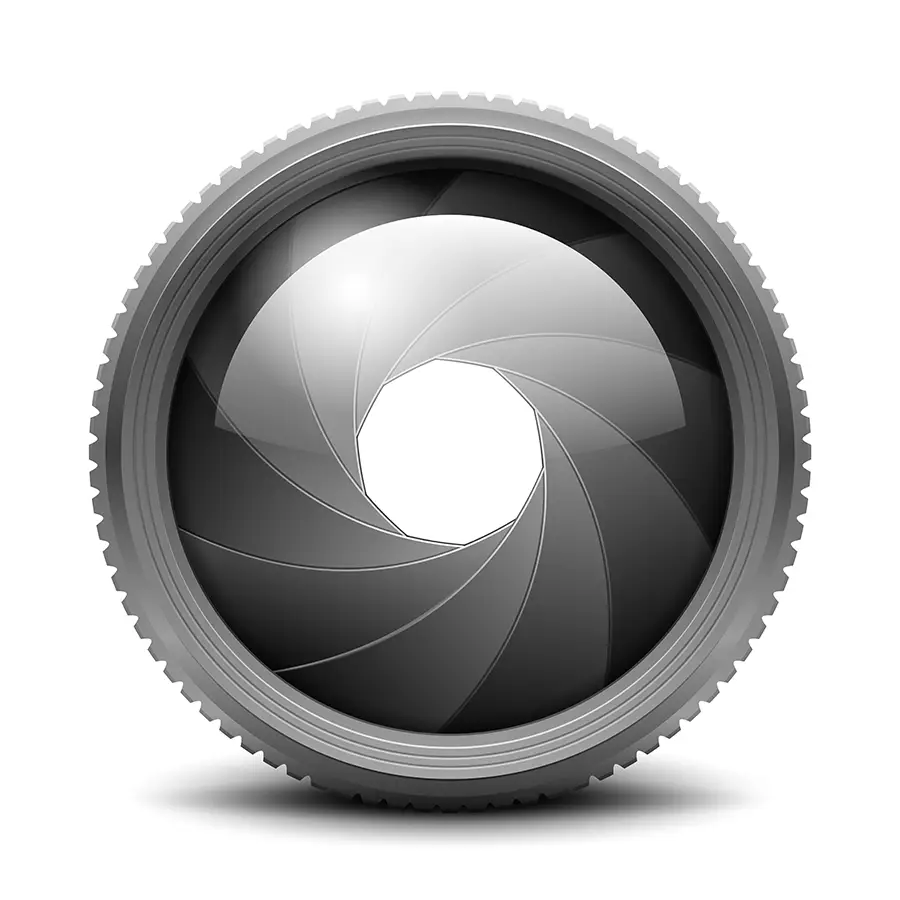
F-Stop in Action: Practical Tips
Putting F-stop to work in your photography involves understanding its impact on exposure and depth of field and knowing how to apply it in various situations. Here are some practical tips for using F-stop effectively:
Choose the right F-stop for your genre
Different types of photography require specific F-stop settings to achieve the desired results. For example, use a lower F-number for portraits to make a shallow depth of field and a higher F-number for landscapes to capture more of the scene in focus.
Experiment with different F-stop values
Don’t be afraid to try out various F-stop values to see how they affect your images. Experimenting helps you understand the relationship between F-stop, exposure, and depth of field, allowing you to make more informed decisions when shooting.
Balance exposure with shutter speed and ISO
When adjusting your F-stop, remember that it impacts exposure. To maintain a balanced exposure, you may need to compensate by changing your shutter speed or ISO settings. For example, when using a smaller aperture (higher F-stop), you might need to increase the ISO or use a slower shutter speed to let in more light.
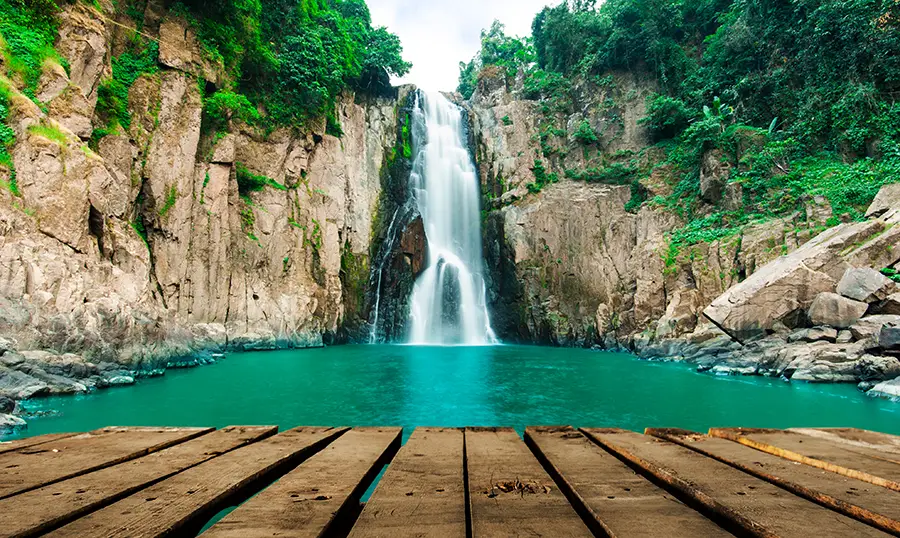
Be mindful of diffraction
Using extremely small apertures (e.g., f/22 or f/32) can cause diffraction, which reduces the overall sharpness of your images. Although a smaller aperture increases the depth of field, it’s essential to find the sweet spot where sharpness and depth of field are optimized.
Use a tripod for stability
When using smaller apertures, you may need longer exposure times to compensate for the reduced light entering the camera. In these cases, using a tripod can help you maintain stability and avoid camera shake, resulting in sharper images.
Focus on the right spot
When using a shallow depth of field (lower F-stop), it’s crucial to focus accurately on your subject. In portrait photography, for instance, always focus on the subject’s eyes to ensure they are sharp and clear.
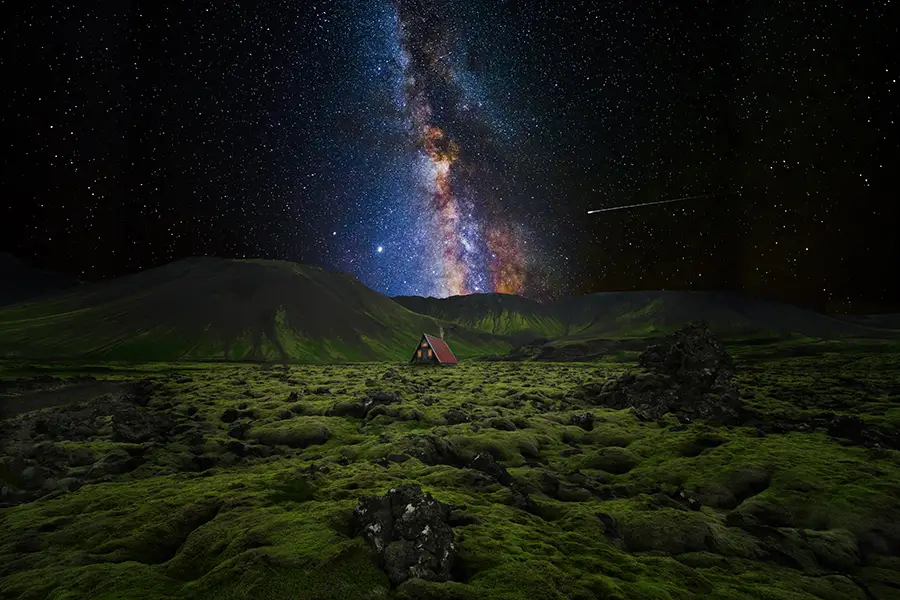
Master manual mode
While modern cameras offer automatic and semi-automatic modes, manual mastering mode gives you full control over F-stop, shutter speed, and ISO settings. This allows you to make creative decisions and fine-tune your images according to your artistic vision.
Understand your lens’s characteristics
Different lenses have unique characteristics that affect the F-stop range and the quality of the images they produce. Familiarize yourself with your lens’s capabilities, such as its maximum and minimum F-stop values, to make the most of your equipment.
Applying these practical tips lets you leverage the power of F-stop and aperture to create stunning photographs that accurately capture your creative vision.
End Note
In conclusion, understanding the concept of F-stop and its impact on aperture, exposure, and depth of field is crucial for photographers of all skill levels. By mastering this fundamental aspect of photography, you can take control of your camera settings, achieve your desired artistic vision, and create visually captivating images. Always experiment with different F-stop values and aperture settings to find the optimal combination for various photographic situations and genres. Ultimately, the more you practice and refine your skills, the more proficient you will become in using F-stop and aperture to elevate your photography.
FAQs
F-stop and aperture are closely related but not interchangeable terms. The aperture is the adjustable opening in a camera lens that regulates the amount of light passing through. On the other hand, F-stop is a numerical value that represents the size of the aperture.
F-stop plays a significant role in determining the depth of field in your images. Higher F-stop values produce a greater depth of field, with more of the image appearing in focus. Lower F-stop values result in a shallow depth of field, where only a small portion of the image is in focus.
While F-stop primarily affects exposure and depth of field, it can indirectly influence motion blur. A lower F-stop allows more light into the camera, enabling you to use a faster shutter speed, which can help freeze motion and reduce blur. However, to control motion blur directly, it’s best to adjust the shutter speed.
Different lenses have different maximum and minimum aperture sizes, determining the available range of F-stop values. Lenses with a larger maximum aperture (e.g., f/1.4) are often called “fast lenses” because they allow more light into the camera, enabling faster shutter speeds and better low-light performance. These lenses are generally more expensive and heavier due to the additional glass elements required to achieve the wider aperture.


